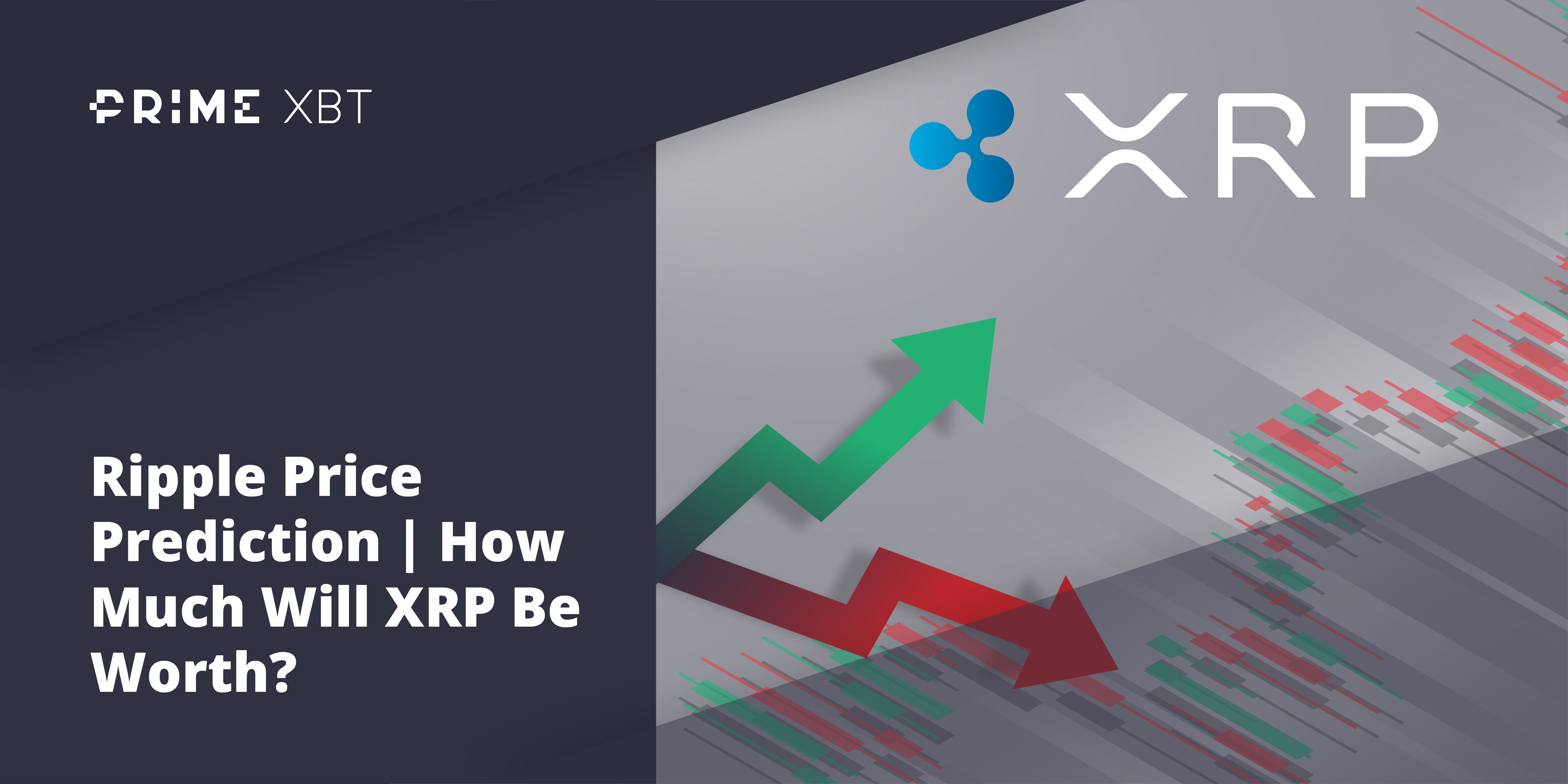A recent selloff across the cryptocurrency market has turned greed to fear, and in a flash nearly a trillion in value was wiped out from the market cap of cryptocurrencies. This also brought about discussion on whether or not the bull market is finished already. Compared to past Bitcoin cycles, the uptrend has been rather short, but powerful.
This guide will explore if the bull market has officially ended with a 50% collapse, or if such a short and strong impulse was due to correct to extremes before healthy price appreciation follows.
Introduction: Could The Cryptocurrency Bull Run Be Over?
During Q1 2021, Bitcoin and other cryptocurrencies exploded like never before. Anyone who bought at any time during 2020 or prior, made a fortune quickly. The problem was, the money came too easily for those who came after Black Thursday, giving the false expectation that the cryptocurrency price trajectory would go up in a straight line forever.
FOMO is powerful and makes Bitcoin price go parabolic in waves or impulses, one of which has just ended. However, it doesn’t necessarily mean that the cryptocurrency bull market is over. Several factors exist in favor of both potential outcomes, making the market and all participants uneasy and wondering what’s to come next.

What Is A Crypto Bull Run? Bitcoin Bull Markets Explained
All markets are cyclical, and Bitcoin and cryptocurrencies are no different. Thus far, crypto market cycles appear to have ebbed and flowed with each Bitcoin block reward halving, which reduces the amount of BTC that flows into the market.
With less BTC available in the market to be sold, demand begins to outweigh supply and the cryptocurrency’s price soars. The promise and potential of BTC price predictions keep investors holding and not willing to sell. It also leads to uptrends rising in a parabolic curve, getting stronger with each pump until it all comes crashing down.
When parabolic advances are eventually broken, they tend to come crashing down by as much as 80% – give or take a few percentage points. Past bear markets have all fallen by as much, even the 2019 peak resulted in a more than 70% correction. The most recent peak has already seen a 50% flash crash, but is it the end of the bull market? It is impossible to say, and only time will tell, but there are factors that back up both sides of the argument.
For one market cycles also appear to be lengthening and are starting to ignore the impact of each halving. The bull market ending now would make this the shortest bull market since 2013 when the cryptocurrency was in early price discovery mode.
However, there are several bearish factors that cannot be ignored. For example, Bitcoin has exhibited the first ever high timeframe quarterly bearish signal, and there’s now a bearish divergence left behind on the monthly RSI. The stock market bubble is also at risk of bursting, which could take down crypto like it did on Black Thursday last year.
What Happened In The Crypto Market?
The very fabric of the crypto market bull run structure was tested by a recent selloff that resulted in one of the worst monthly candle closes in the history of Bitcoin. The cryptocurrency asset class is highly speculative and is notoriously volatile, but this was violent for even Bitcoin, Ethereum, and other altcoins.
But after hundreds to thousands of percent in ROI, profits had to be taken, exuberance had to be cleaned, and technical analysis indicators had to be reset in order for price to keep rising. Markets never just rise in a straight line and expecting the crypto market to do so is a fool’s game. The recent only up phase is more uncharacteristic for coins that spent the last four years in a bear market, but that same argument is also why the bull run likely isn’t over yet.
It did come to a standstill when Elon Musk began bashing Bitcoin on Twitter over energy concerns, and announced that Tesla would stop accepting BTC as a payment for electric vehicles made by the green automaker. After that China announced it would begin cracking down on crypto derivatives trading and Bitcoin mining, echoing the concerns of Elon Musk and the rest of the world. There’s also a coordinated effort by the United States SEC, IRS, and other departments to crack down on crypto in the country.
All of these rising concerns and the FUD spreading also happens to coincide with technical indicators being the most overheated in years. The MACD crossed bearish on weekly timeframes, and the monthly RSI reached overbought conditions. The result of all this happening at once after such a string of positive price appreciation caused a catastrophic crash.
The effect of the plunge was further amplified by overleveraged traders, who saw record-breaking liquidation to the tune of billions of dollars lost. The price per BTC, ETH, and other top coins have fallen by 50%, which is a whopping $30,000 per Bitcoin.
Because of how steep the selloff was, and how shaken the market still is, it has brought about the question of if it was the end of the cryptocurrency bull run.
Is It The End Of The Crypto Bull Run?
Although the outlook looks grim, traders should instead look for opportunities to potentially long the dip once Bitcoin finds support. It is impossible to say whether or not BTC’s bull run has ended at this point, fundamentals remain bullish, and technical indicators have been reset by the severity of the recent selloff.
The historic crash on Black Thursday being so violent is also what released so much energy to the upside to take Bitcoin to a peak price of $65,000 per coin. The Bitcoin rise was one for the record books, and it sucked in more participants than ever before.
Analysts like Plan B who created the Stock-To-Flow model are confident that Bitcoin price will reach prices of $100,000 per BTC by the end of 2022 or the model will be invalidated. Unless the model is indeed invalidated, this isn’t the end of Bitcoin.

The Bitcoin Bull Run Of 2021 So Far
The bull run definition is a series of higher lows and higher highs. With a lower high and lower lows now put it, there’s a reason why investors are wondering “is the bull market over?”
Here’s a recap of the most recent bull run so far, and how it may define whether or not the bull market is over or has much more room to go.
Bitcoin Bull Run Timeline
The bull run actually began during a time when very few were thinking about the next Bitcoin bull run meaning that they were in extreme fear as Bitcoin traded at lows around $3,000. The bull market started in late 2018 into 2019, but the cryptocurrency became too bullish too fast and the market needed a reset.
Black Thursday in 2020 took prices back to $3,000 and support held, giving bulls the confidence to go for new all-time highs. Bitcoin set a new record and in Q1 2021 alone tripled in value to more than $60,000 per coin.
The current “top” of the recent rally took place when everyone least expected it, just as Coinbase Global was listed on the stock market, Elon Musk was about to host Saturday Night Live, and exuberance in the market has never been higher. After months of nothing but making money, the crypto market had a severe correction, and now here we are.
Why Is It Happening?
The selloff is happening because greed reached such extremes and too many investors were in profitable positions. Profits had to be secured by smart money, while those that were holding for higher prices have now seen their gains wiped out.
Both situations have turned sentiment sharply bearish, but that could be a good thing for Bitcoin. Much like no one saw the recent peak price coming in crypto, if everyone is now bearish on Bitcoin, a bottom could be brewing. But because so many are still asking if the bull market is still on, further downside could be ahead to ensure capitulation.
How Are Bitcoin Halvings Connected To Bull Runs?
Each crypto bull run began with a change in supply and demand that occurred with each pre-programmed Bitcoin block reward halving. As an incentive to keep the network secure and in operation, the creator of Bitcoin, Satoshi Nakamoto, implemented a process called mining. By using a proof-of-work consensus algorithm, coins cannot be double-spent and each new block is added to the blockchain.
For their efforts and energy, miners receive a block reward of BTC – currently at 6.25 BTC. Previously, the reward was 12.5 BTC. The block reward is slashed in half at roughly four year intervals, giving the cryptocurrency its cyclical effect so far.
However, the impact of the halving is diminishing over time, causing cycles to lengthen – yet another reason to assume the Bitcoin bull run isn’t yet over.
The idea behind the halving’s impact is due to supply versus demand. The market is always working toward a state of equilibrium in pricing, when something shifts supply and demand, volatility ensues until that equilibrium is once again reached through consolidation.
With less BTC going to miners, these miners sell less coins into the market. This starts the trend change, and with less supply to go around, any increase in demand has an exponential effect on price action, giving Bitcoin its bubble-like behavior that sucks more users into its network.
Is The Bitcoin Bull Run Over?
Whether or not the Bitcoin bull run is over or not cannot yet be determined, however, there are several theories that exist that suggest that the recent pullback is just that – a particularly violent bull market correction, and more upside is ahead when the dust eventually settles on Bitcoin.
However, there’s no denying that the recent parabolic advance is now broken, and the cryptocurrency could retrace as much as 80% before it’s all said and done. Whether or not this means a bear market is here remains to be seen, but even corrections of this magnitude aren’t all bad for Bitcoin. With leverage and greed wiped out, the retracement could be healthy and help support better price appreciation in the future.
Maybe the rest of the bull market isn’t quite as powerful as we’ve once seen, but that results in much higher prices in the long run. That would be a very different bull market than what we’ve seen in the past, but that is still a very real possibility to consider.
Summary: Profit From The End Of The Crypto Bull Run With Top Coin Miners
Could the crypto bull market be over, and a bear market here? Or will bulls reclaim lost levels higher and push the price per BTC to much higher prices? That’s the fun of a speculative asset class – no one truly knows and the result is volatile price discovery that is ideal for traders, but oftentimes painful for investors who choose to HODL instead.
Traders who rely on CFDs like those offered on Top Coin Miners can go long or short the market depending on the current trend, and be prepared for whenever markets are about to turn. Hedge positions and stop loss orders kept traders of the platform profitable during the recent downturn. Built-in technical analysis indicators tipped off the users of the award-winning platform as to when a reversal was on the way. When it arrived they weren’t surprised, shaken out, or at a loss.
And with more than 50 different trading instruments across crypto, forex, commodities, and stock indices, there’s always something to trade always even when the crypto bull market fizzles out eventually.
What Is A Bull Run?
A bull market is defined as a sustained uptrend due to higher highs and higher lows on all timeframes.
Is This The End Of The Crypto Bull Run?
Only time will tell if this is actually the end of the crypto bull run, but in the end it really doesn’t matter. As a trader, anyone can make money even when Bitcoin is on the decline.
How Long Will The Crypto Bear Market Last?
Crypto bear markets tend to last at least a couple years, however, with Bitcoin in a secular bull run for the last decade, a more sustained bear market is inevitable as market cycles lengthen.
Is It A Good Time To Invest In Cryptocurrency?
Right now is not the best time to invest in cryptocurrency. Investing in cryptocurrency was right back in 2020 but at such high prices and with people questioning whether or not the bull run is over, the time to switch to trading is now. As a trader, there’s no need to get caught up in bear markets, and these traders can short BTC instead and profit during downtrends.


